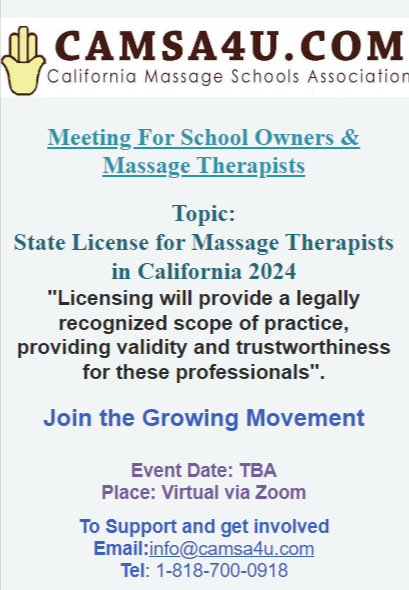Brush aside any thoughts that massage is only a luxury splurge that has no real health benefits. To the contrary, hands-on healing helps you unwind, lowers blood pressure, promotes muscle relaxation and boosts your immune system. During a massage session, massage therapists use their hands and fingers to press and manipulate your skin, tendons, ligaments and muscles. The strokes gently move your blood, oxygen and lymph to various tissues and organs in a way that normally doesn’t happen in the bodies of most people. As a result, the person who is receiving the massage experiences a level of physical and mental renewal that is hard to surpass.
Hidden Health Benefits of Human Touch
Today, numerous well respected studies indicate that massage therapy doesn’t only feel good, it also may be good for you. Take a look at the health benefits below and discover the power of human touch:
-
- Stress & anxiety relief
-
- Muscle relaxation
-
- Blood pressure control
-
- Better circulation
-
- Pain reduction
-
- Enhanced cancer treatment
-
- Improved quality of sleep
But there’s more – a study published in the Journal of Alternative and Complementary Medicine suggests that individuals who undergo massage therapy experience measurable improvements in their immune response.
Mark Rapaport, M.D., and his colleagues from Cedars-Sinai Medical Center followed 53 healthy adults who were divided into two groups: The participants received either 45 minutes of Swedish massage or the same amount of time of light touch massage, which is much milder and served mainly as a comparison to the more vigorous Swedish massage. After examining their blood samples, the scientists found that people in the Swedish massage group experienced a decrease in cortisol and a significant increase in lymphocytes, cells that keep our immune system strong.
“More research is ahead of us but it appears that a single massage may deliver a measurable benefit,” Rapaport said in a news release.
Massage is far more potent therapy than most people realize. In fact, it can (and should) replace analgesics as a treatment for tension headaches. As it turns out, it takes only a 30-minute massage on cervical trigger points to boost autonomic nervous system regulation and alleviate the symptoms. Patients also report an improvement in their psychological and physiological state, which goes hand in hand with the reduction in stress and anxiety associated with such a disturbing condition.
Stress and lack of rest have devastating effects on our health, fitness and beauty. Don’t be afraid to find yourself a good massage therapist and get some healing on a regular basis. When you’re taking care of your skin and what’s beneath it, you are taking care of your whole world.


